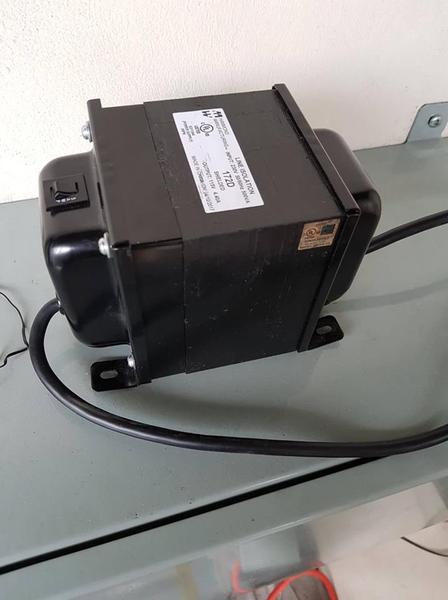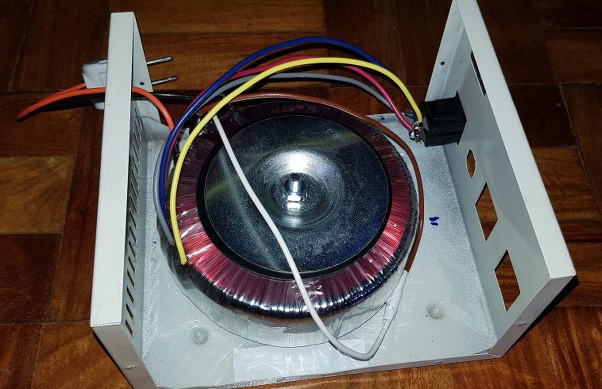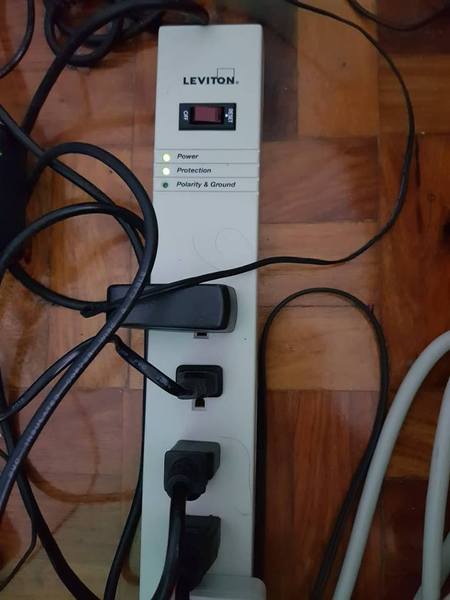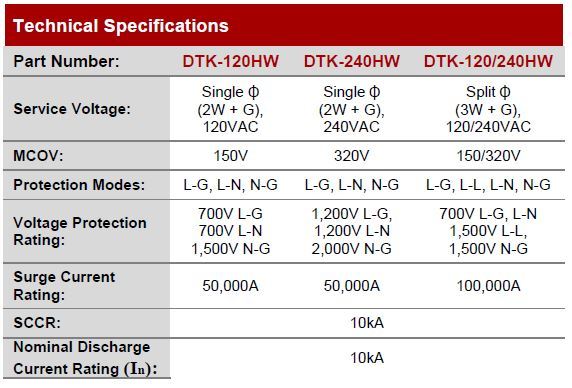I have two kinds of isolation transformers. A shell type like this:

And a Toroid isolation transformer like this:

I'd like to ask about how grounding the secondary can eliminate common mode voltage surges. I read this:
http://voltage-disturbance.com/variable-frequency-drive/why-use-an-isolation-transformer/

Grounding the electrostatic shielding can eliminate the common mode surges in the secondary by diverting it back to source and not through the load. But what would happen if you ground one of the secondary outputs of the isolation transformer without grounding the electrostatic shielding (in my Hammond 500w shell type isolation transformer above, the electrostatic shielding is not connected to any lead of the secondary output). How much would it suppress the common mode voltage surge?
And do Toroid isolation transformers have any electrostatic shielding too? If none, then would it work if you ground one of the secondary leads of the Toroid isolation transformer, would this eliminate the common mode voltage noises/surge from transferring from the primary to secondary?

And a Toroid isolation transformer like this:

I'd like to ask about how grounding the secondary can eliminate common mode voltage surges. I read this:
http://voltage-disturbance.com/variable-frequency-drive/why-use-an-isolation-transformer/

Grounding the electrostatic shielding can eliminate the common mode surges in the secondary by diverting it back to source and not through the load. But what would happen if you ground one of the secondary outputs of the isolation transformer without grounding the electrostatic shielding (in my Hammond 500w shell type isolation transformer above, the electrostatic shielding is not connected to any lead of the secondary output). How much would it suppress the common mode voltage surge?
And do Toroid isolation transformers have any electrostatic shielding too? If none, then would it work if you ground one of the secondary leads of the Toroid isolation transformer, would this eliminate the common mode voltage noises/surge from transferring from the primary to secondary?
Last edited:



